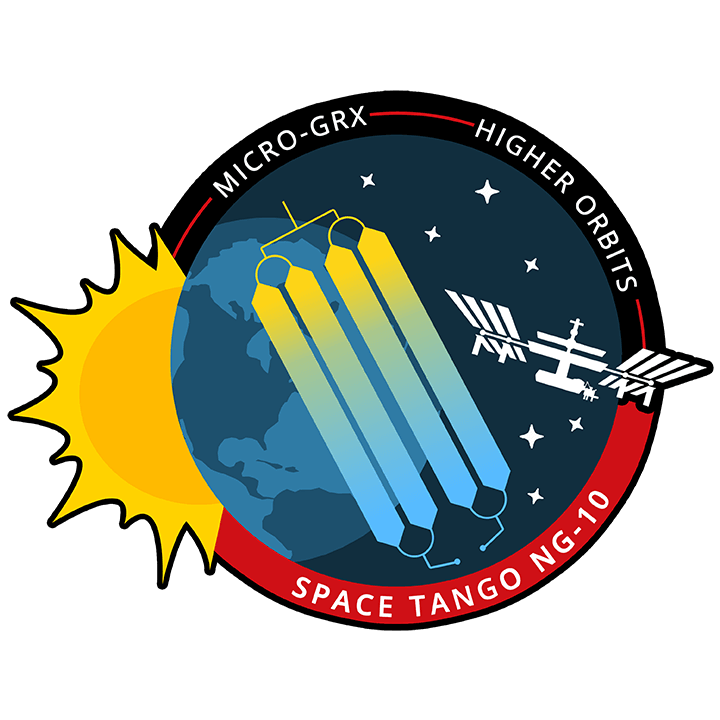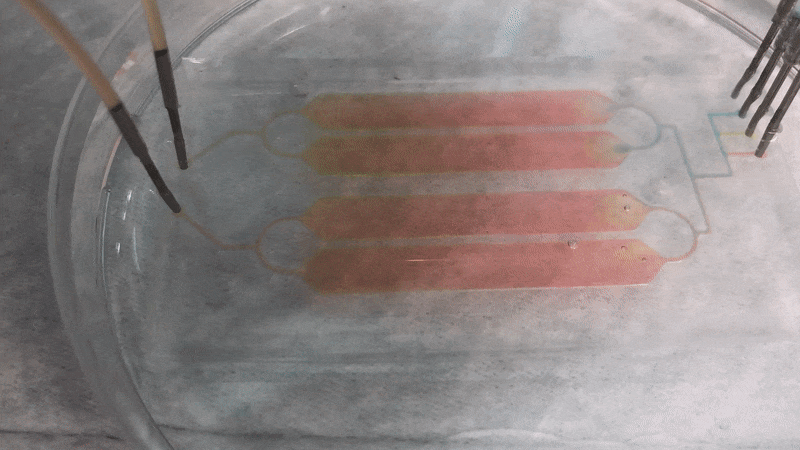
We use cookies to ensure that we give you the best experience on our website. If you continue to use this site we will assume that you are happy with it.
Ok ✕

WALLOPS ISLAND, Va. – Northrop Grumman’s Antares rocket successfully launched Space Tango customer payloads for the NG-10 mission on November 17th at 4:01 AM EST from NASA’s Wallops Flight Facility. This is Space Tango’s ninth mission to the International Space Station.

A time-lapse video of the Lab-on-a-Chip developed by SpacePharma for Micro-gRx. (Media Courtesy: SpacePharma)
The current high failure rate (more than 50%) of drugs in clinical trials has been linked, in part, to a lack of accurate preclinical testing. This project aims to expand use of Lab-on-a-Chip (a fully automated, multifunctional cell culture platform previously validated in bacterial and crystal growth studies) to study human skeletal muscle cell growth. Micro-gRx builds on recent ISS stem cell studies and provides a model for microgravity-induced muscle atrophy, with the potential for additional research efforts in modeling musculoskeletal disease. This project seeks to advance microfluidic technologies that better mimic the cell microenvironment in the body. Such technology would provide more accurate cell culture models for use in preclinical drug efficacy and safety screening.
Hardware Partner: Space Pharma and Space Tango
The Efficiency of a Self-Healing Material in Microgravity experiment examines the efficiency of bacteria calcification into pores of a broken concrete block in a microgravity environment. Hypothesized calcite precipitation and the timescale of the healing process will be observed by imaging throughout the duration of the mission.
By injecting both healing solution and bacteria onto a rough concrete surface and observing the bacterial calcite formation, concrete repair in the space environment can be observed. It is hypothesized that by combining a sporulated bacteria (Bacillus subtillis) culture with a “healing solution” containing nutrients and scaffolding for bacterial calcification, imperfections and small cracks can be healed over time. Research into self-healing materials holds great earth-bound and long-term space travel potential. Ease of construction and sustained tensile strength and integrity make these materials optimal for the high-stress load associated with spaceflight. Understanding the role that gravity plays in the process of microbial calcite precipitation and the overall self-healing process could be invaluable in constructing better materials on and off of the earth.
Research related to this investigation could pave the way for future utilization of similar materials in the construction of space vehicles/platforms. There is great potential in self-healing materials for earth-based construction projects. The mechanism of healing and MICP is not well understood, however, and therefore the technology remains difficult to utilize. By eliminating the stress of gravitational forces, we may be able to better understand how changes in these physical forces affect the process of self-healing and mitigate roadblocks on the path to industrial use.
Hardware Partner: Space Tango